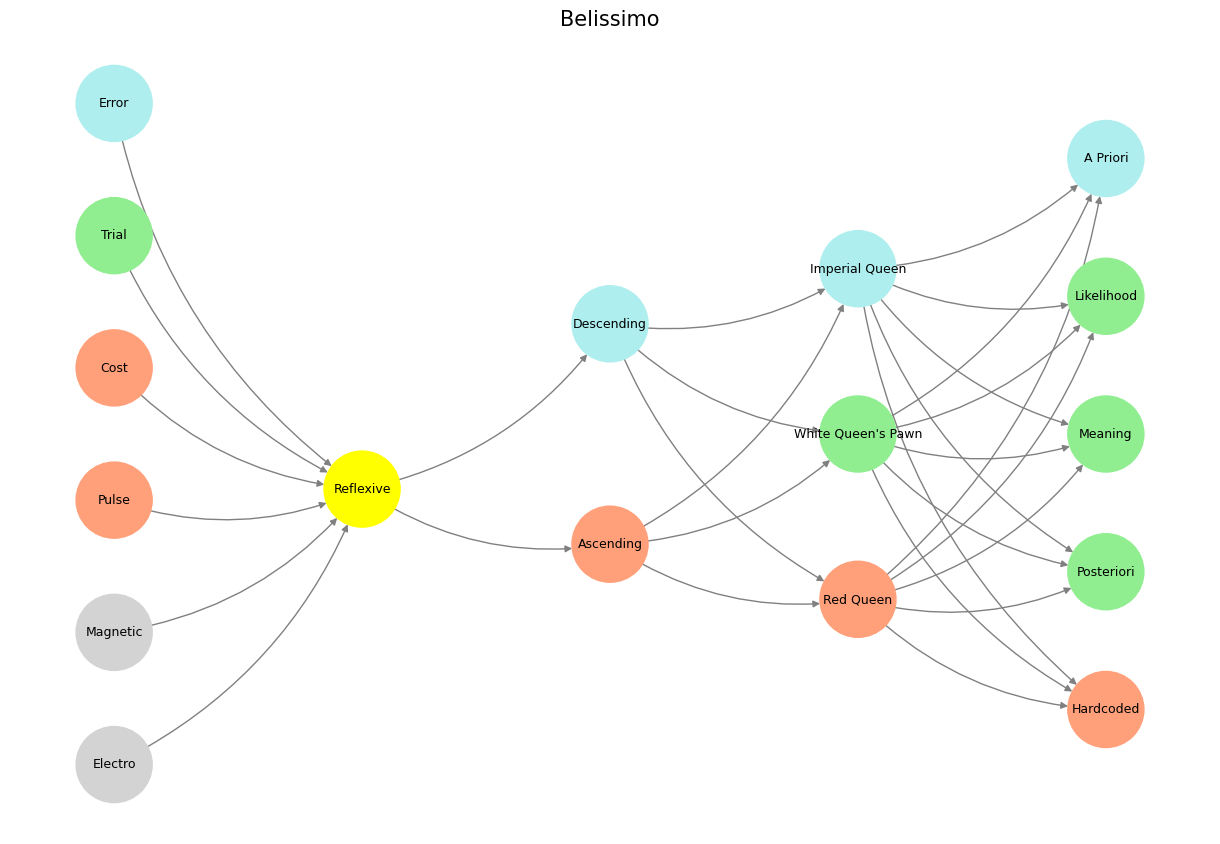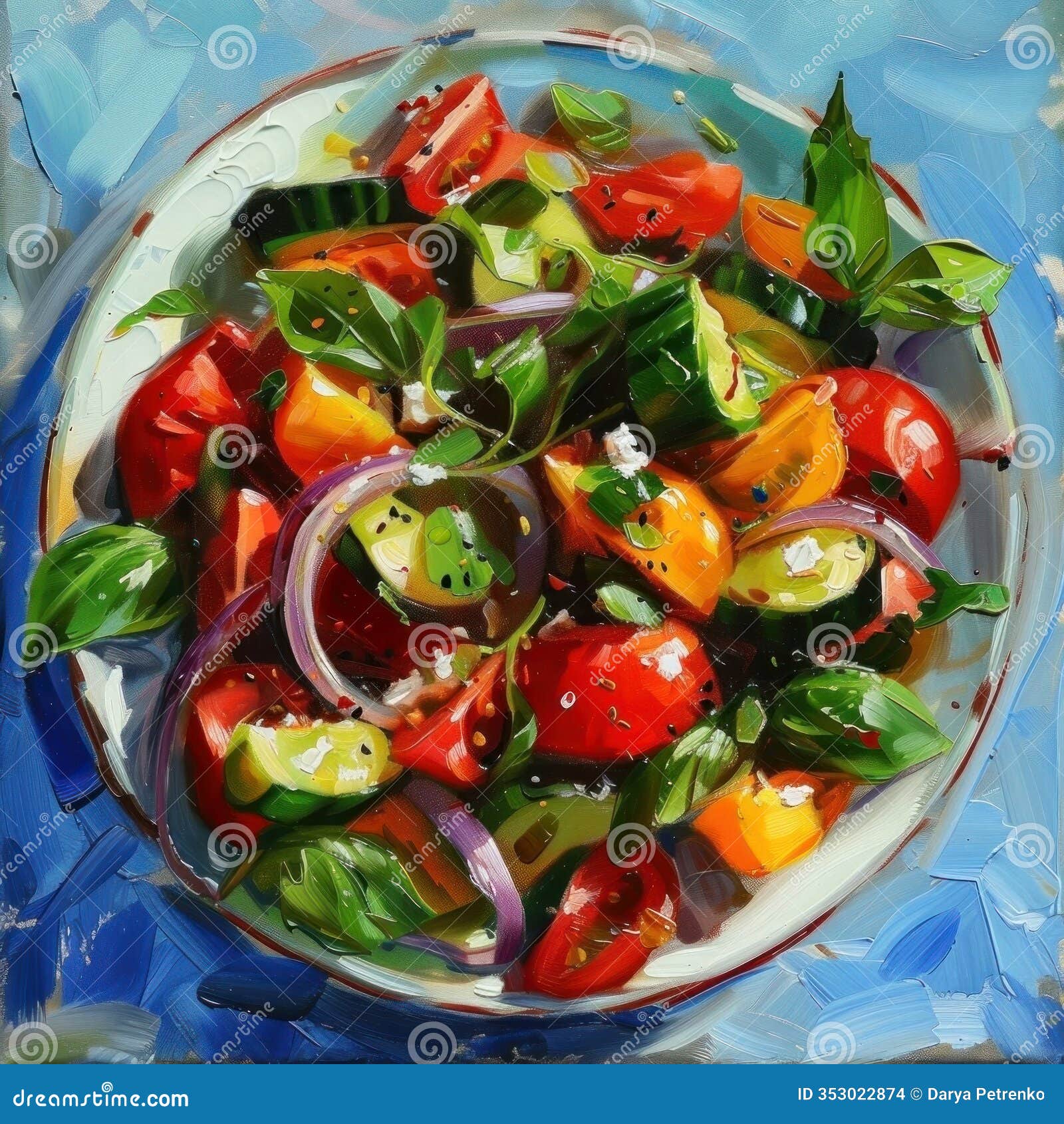Traditional#
The risk of disclosure is the burden of all who see the ecosystem for what it is. Whether it is a novelist constructing a world from the shards of memory and experience, disguising real people under the thin veil of fiction, or a scientist attempting to illuminate the structures of risk in clinical research, the same problem persists: knowledge, once revealed, has consequences. The writer fears betraying their inspirations; the scientist fears exposing too much, too soon, to the wrong hands. Both navigate the razor’s edge, the delicate 51-49 balance where a fraction of difference can change everything—between innovation and intrusion, between revelation and rupture, between empowerment and exploitation.
It is no accident that the framework I have built mirrors this five-level structure, a game where odds dictate the flow of information. At the highest level, the 95-5, knowledge is a pure dice roll—luck, randomness, the unknowable forces that dictate our lives before we even enter the game. A roulette wheel, a genetic lottery, the uncontrollable conditions of birth. In science, this is the realm of population risk models, the broad actuarial structures that define what is likely but say nothing about the individual. It is where healthcare policies are written, where statistics smooth over the jagged realities of singular lives. In literature, it is the grand mythology—the epic narratives, the fate-driven tragedies where individuals are mere pawns in forces beyond their control.
Fig. 33 Akia Kurasawa: Why Can’t People Be Happy Together? This was a fork in the road for human civilization. Our dear planet earth now becomes just but an optional resource on which we jostle for resources. By expanding to Mars, the jostle reduces for perhaps a couple of centuries of millenia. There need to be things that inspire you. Things that make you glad to wake up in the morning and say “I’m looking forward to the future.” And until then, we have gym and coffee – or perhaps gin & juice. We are going to have a golden age. One of the American values that I love is optimism. We are going to make the future good.#
At the 80-20 level, the game shifts to poker—strategy, adaptation, the ability to play the hand you are dealt. This is the layer where scientific inquiry begins to individualize risk, where probability becomes an actionable tool. It is also where the novelist, conscious of the disclosure risk, starts to manipulate the facts, shaping reality into a plausible fiction. The game is not about perfect knowledge but about the ability to navigate uncertainty, to bluff when necessary, to hold back the full picture in service of the larger truth. It is the interface between raw data and interpretation, the first transformation of knowledge into something usable. In my app, this is where the ecosystem takes form—the second layer, the yellow node, the interface between the raw electronic health records, IRBs, and the external world. It is the first attempt to negotiate between disclosure and utility, to provide insight without exposure.
But the real tension lies in the 51-49 balance, the razor’s edge where the weight of a single decision can tip the equilibrium. It is the realm of the racecar driver, the horse jockey—where every fraction of control matters, where disclosure risk is no longer theoretical but immediate. Here is where the novelists of the modern world, the Somersets and the Nabokovs, place their disclaimers. They acknowledge the risks, they hedge against them, but they also press forward because to halt the narrative would be to surrender to inertia. For me, this is the delicate negotiation with data guardians, the attempt to provide patients with knowledge of their own risks without opening the floodgates to insurance companies and predatory actors. It is where the fundamental ethical question lies: can the architecture of science be built in such a way that it empowers rather than controls? Can it illuminate without exposing?
Beyond that edge, in the 20-80 range, we enter the domain of chess and war. The difference between the two is agency. Chess assumes perfect information, structured rules, a closed system. War is messy, unpredictable, filled with rogue agents who can overturn the expected order—like Kurtz in Apocalypse Now, stepping beyond the constraints of command to redefine the game itself. This is the realm of institutions, of research bodies, of regulatory frameworks that attempt to impose order but inevitably encounter human variability. It is also the novel at its most political, the moment when fiction ceases to be mere storytelling and becomes a weapon. Disclosure risk here is not just a legal concern but an existential one—reputations are at stake, careers, even lives.
And at the final level, the 5-95, we reach the domain of transcendence. The novel that is no longer a mere collection of pages but an artifact of meaning. The scientific model that ceases to be just a tool and becomes a revelation of truth. This is the level of true personal risk, where disclosure is no longer about external consequences but about self-exposure, the vulnerability of offering one’s deepest knowledge to the world. It is the domain of love, of faith, of the fundamental acts that define us as human. The novelist, at this level, writes without a mask. The scientist, at this level, builds a system not just to inform but to change the way people see themselves.
My app, my ecosystem, my entire framework is built around this same structure. On one end, the cold actuarial probabilities of the 95-5, the vast databases and raw statistics that shape public health policy. On the other, the deeply personal knowledge that could allow a patient to take control of their own fate, the 5-95 revelation that turns data into understanding. In between, the negotiation—the yellow node, the informational interface, the dance between transparency and protection. It is no different from the novelist shaping fiction, hiding and revealing in equal measure, constructing a world that reflects the truth while obscuring its origins.
And yet, there is always the risk of the Red Queen. The adversarial force that punishes transparency, that exploits the very knowledge meant to empower. The parasympathetic Victorian Queen, the Imperial Queen, attempts to temper this, to impose structure, etiquette, control. Between them lies Alice—distraction, intoxication, the iterative space where the game is neither won nor lost but endlessly played. This, too, is the space of my project. Not a final answer but a system that allows for iteration, for learning, for adaptation. A reflection of the ecosystem it emerges from, a mirror held up to the process itself.
At its heart, my work is about storytelling. The story of risk, of disclosure, of knowledge held and knowledge shared. The novelist and the scientist are not so different. Both seek to illuminate. Both fear exposure. And yet, both must press forward, because in the end, the greater risk is silence.
Show code cell source
import numpy as np
import matplotlib.pyplot as plt
import networkx as nx
# Define the neural network fractal
def define_layers():
return {
'World': ['Electro', 'Magnetic', 'Pulse', 'Cost', 'Trial', 'Error', ], # Veni; 95/5
'Mode': ['Reflexive'], # Vidi; 80/20
'Agent': ['Ascending', 'Descending'], # Vici; Veni; 51/49
'Space': ['Red Queen', "White Queen's Pawn", 'Imperial Queen'], # Vidi; 20/80
'Time': ['Hardcoded', 'Posteriori', 'Meaning', 'Likelihood', 'A Priori'] # Vici; 5/95
}
# Assign colors to nodes
def assign_colors():
color_map = {
'yellow': ['Reflexive'],
'paleturquoise': ['Error', 'Descending', 'Imperial Queen', 'A Priori'],
'lightgreen': ['Trial', "White Queen's Pawn", 'Likelihood', 'Meaning', 'Posteriori'],
'lightsalmon': [
'Pulse', 'Cost', 'Ascending',
'Red Queen', 'Hardcoded'
],
}
return {node: color for color, nodes in color_map.items() for node in nodes}
# Calculate positions for nodes
def calculate_positions(layer, x_offset):
y_positions = np.linspace(-len(layer) / 2, len(layer) / 2, len(layer))
return [(x_offset, y) for y in y_positions]
# Create and visualize the neural network graph
def visualize_nn():
layers = define_layers()
colors = assign_colors()
G = nx.DiGraph()
pos = {}
node_colors = []
# Add nodes and assign positions
for i, (layer_name, nodes) in enumerate(layers.items()):
positions = calculate_positions(nodes, x_offset=i * 2)
for node, position in zip(nodes, positions):
G.add_node(node, layer=layer_name)
pos[node] = position
node_colors.append(colors.get(node, 'lightgray'))
# Add edges (automated for consecutive layers)
layer_names = list(layers.keys())
for i in range(len(layer_names) - 1):
source_layer, target_layer = layer_names[i], layer_names[i + 1]
for source in layers[source_layer]:
for target in layers[target_layer]:
G.add_edge(source, target)
# Draw the graph
plt.figure(figsize=(12, 8))
nx.draw(
G, pos, with_labels=True, node_color=node_colors, edge_color='gray',
node_size=3000, font_size=9, connectionstyle="arc3,rad=0.2"
)
plt.title("Belissimo", fontsize=15)
plt.show()
# Run the visualization
visualize_nn()


Fig. 34 While neural biology inspired neural networks in machine learning, the realization that scaling laws apply so beautifully to machine learning has led to a divergence in the process of generation of intelligence. Biology is constrained by the Red Queen, whereas mankind is quite open to destroying the Ecosystem-Cost function for the sake of generating the most powerful AI.#

